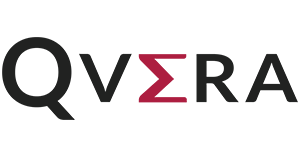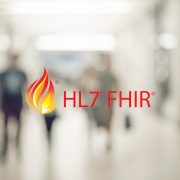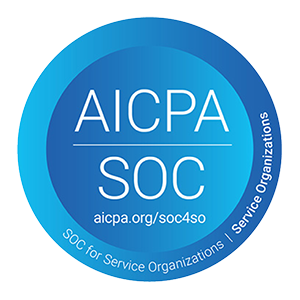HIMSS18 Recap – Getting Health Data into the Hands (And Phones) of the Patient
This month, the Qvera team joined more than 45,000 people at the HIMSS 2018 conference for a week of education, collaboration, and industry updates. Since we fully support the push toward consumer-controlled health data, we arrived at the conference prepared to demonstrate the importance of patient-centered technology through our HIMSS booth blood pressure workflow demonstration and our Interoperability Showcase collaborative care vignette.
Now that the U.S. has seen widespread adoption of health technology, HIT professionals are working toward realizing the true potential of this technology, and the reach of its value for patients and clinicians.
We were very pleased to see just how much attention patient-directed IT received across the whole conference. Examples were abundant — including telehealth and virtual care, deployment of consumer friendly-apps, and methods and tools for medical data collection and analysis — but the two most notable were the launch of CMS’s Blue Button 2.0 API, announced at HIMMS18 by CMS administrator Seema Verma, and the presentation of CARIN Alliance’s Consumer-Directed Exchange (CDEx) paradigm.
Putting you (the patient) in charge of your health data
Adding value for patients starts with removing health system gatekeepers so patients can access and use their own health data however they choose.
Blue Button 2.0 is part of the MyHealthEData initiative by the Center for Medicare and Medicaid Services (CMS). It uses Human API’s health data network to give 53 million Medicare patients control of their own electronic health records and record sharing decisions, in order to create “a healthcare ecosystem where data flows freely.” This, CMS says, will not only provide patients with medical information they should rightly have unfettered access to, but will foster competition among providers, leading to better efficiency and higher quality patient care.
Of course, nothing makes the shift toward a patient-as-consumer model of innovation and accountability more obvious than the entrance of consumer tech players like Apple into the HIMSS space.
Together, the CARIN Alliance and Apple’s Dr. Ricky Bloomfield discussed the Consumer-Directed Exchange (CDEx) paradigm: a vision to “unite industry leaders in advancing the adoption of consumer-directed exchange across the U.S.” and to “rapidly advance the ability for consumers and their authorized caregivers to easily get, use, and share their digital health information when, where, and how they want, to achieve their goals.” Exemplifying this paradigm is Apple’s new health records feature, which allows patients to access and share medical data directly from their phones.
A common language for a common goal
In order for apps, clinics and data repositories to share data seamlessly, they have to be able to communicate with each other.
Blue Button 2.0 and Apple Health are both using the HL7® FHIR® framework for health data exchange, which ensures that data is formatted in a way that can be understood and used by many different applications.
The importance of knowing the FHIR protocol was emphasized at the HIMSS18 Developer Innovation Lab, a new Connectathon type space where health IT developers met to learn from leading innovators, developers, data scientists, and one another. These leaders placed top priority on FHIR, dedicating several sessions to teaching and using it.
Pertinent health data brought into focus
FHIR’s potential for customized queries is one main reason it has become so valuable to a wide variety of healthcare organizations. It has the unique ability to request only the specific data that’s relevant to you, recapturing time spent sifting through huge documents for bits and pieces of information.
Our blood pressure workflow illustrated this capability: Using the Qvera Interface Engine, we showed attendees how we can pull patient-recorded data from the Apple Health app, aggregate it, filter it, and send only the relevant information to clinicians.
We’re excited that FHIR has become such an essential tool within the HIT space, and we’re looking forward to watching how it continues to open doors for improved healthcare.









